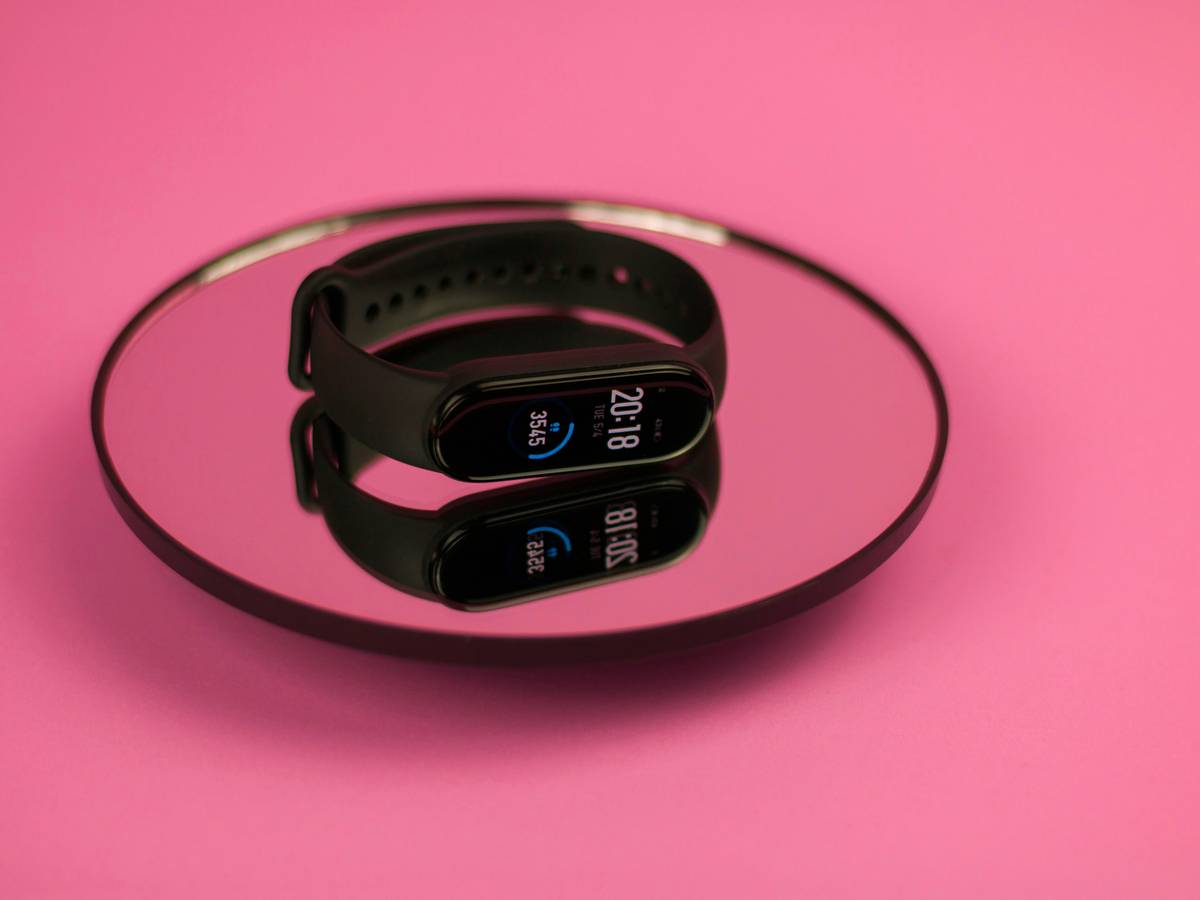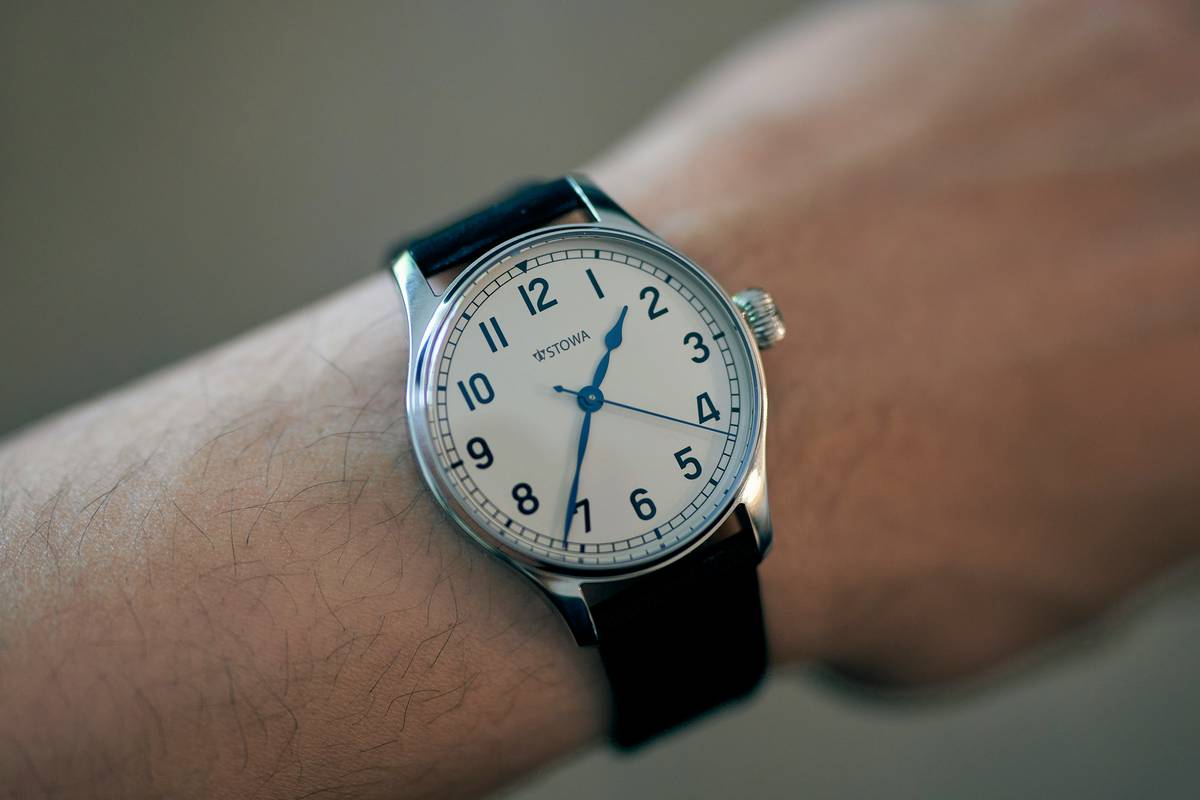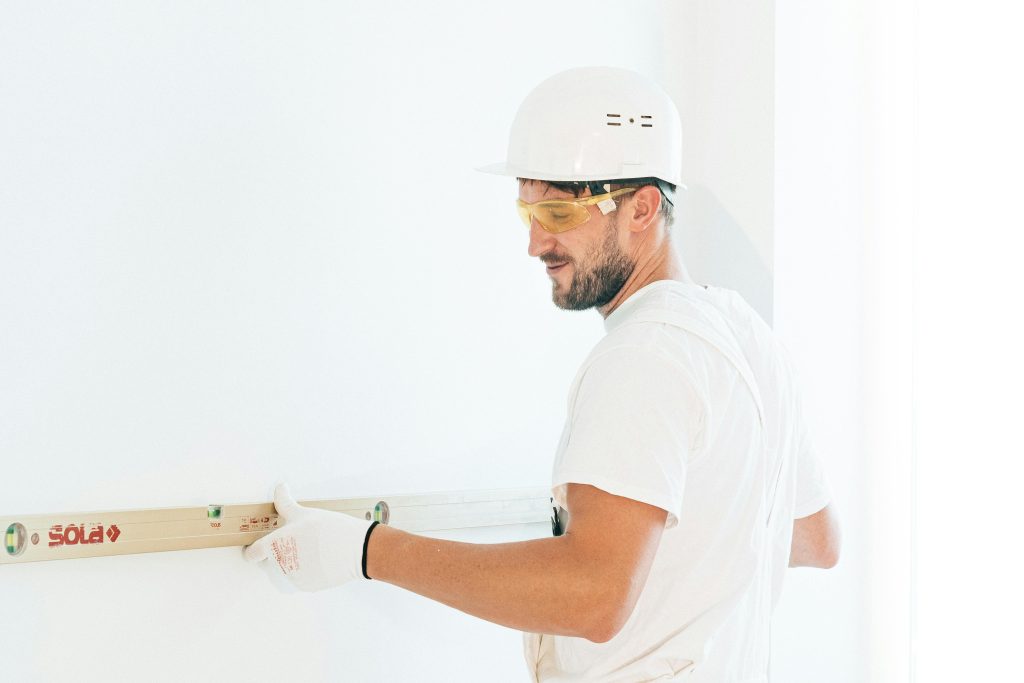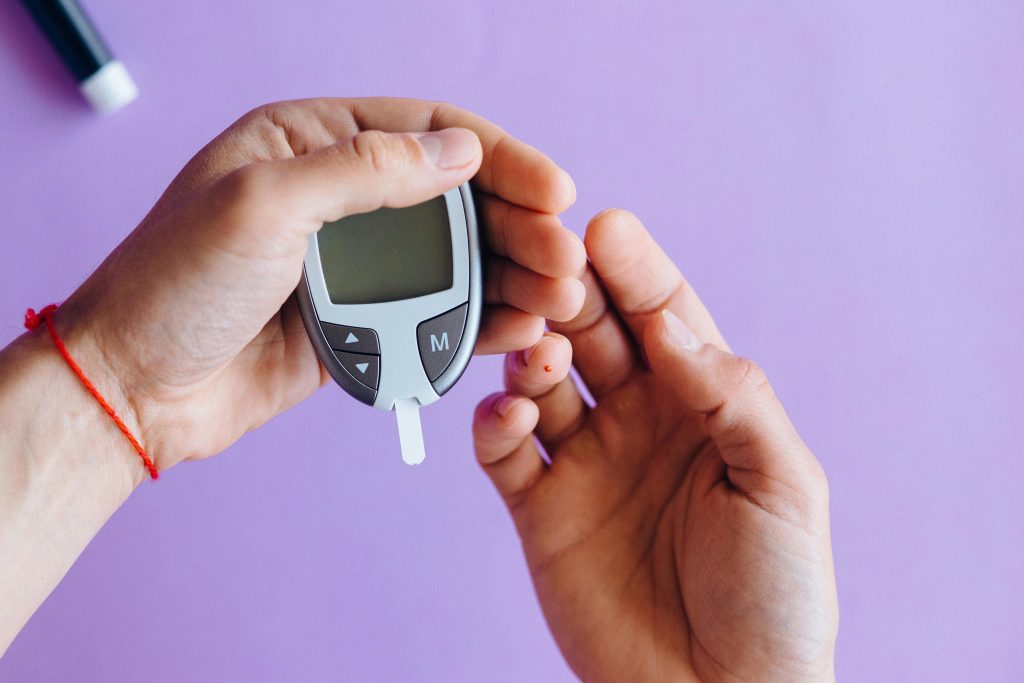Ever been caught on a hiking trail with an altimeter watch that couldn’t tell you whether you were ascending to glory or just circling back to the parking lot? It’s like trusting Google Maps in a dead zone—frustrating, right?
Today, we’re diving deep into the world of altimeter watch testing, helping you understand how these high-tech wearables work and what makes them tick (pun intended). You’ll learn how to test your altimeter watch for accuracy, troubleshoot common issues, and even discover some pro tips along the way. Buckle up because this guide covers everything from beginner basics to advanced techniques.
Table of Contents
- Key Takeaways
- Why Altimeter Watch Testing Matters
- Step-by-Step Guidance for Accurate Testing
- Tips & Best Practices
- Real-World Examples
- FAQs About Altimeter Watch Testing
Key Takeaways
- An accurate altimeter watch can be a lifesaver during outdoor adventures—but only if it’s properly calibrated and tested.
- Avoid generic calibration methods; use precise tools and known elevation points for testing.
- Regularly maintain your device to ensure long-term accuracy.
- Even the best watches have quirks—understand theirs before hitting the trails.
Why Altimeter Watch Testing Matters

I’ll never forget the time I blindly trusted my shiny new altimeter watch during a solo hike—and ended up walking in circles for hours. Turns out, the barometric sensor had gone haywire due to a sudden weather change. Lesson learned: Always test your gear. The same applies to anyone venturing outdoors who relies on wearable tech like an altimeter watch.
Think about it: When you’re navigating rugged terrain without cell service, having inaccurate data is worse than no data at all. Proper altimeter watch testing ensures reliability when every footstep counts.
“Optimist You:” Follow these steps, and you’ll always know exactly where you stand (literally)!
“Grumpy You:” Ugh, fine—but only if coffee’s involved.
Step-by-Step Guidance for Accurate Altimeter Watch Testing
Step 1: Choose a Known Elevation Point
Start by finding a location with a verified elevation. This could be a marked trailhead, a landmark listed on topographic maps, or benchmark locations provided by organizations like the US Geological Survey (USGS).
Step 2: Calibrate Your Device
Most modern altimeter watches allow manual calibration through settings menus. Enter the exact elevation of your chosen point here. If your watch uses GPS-assisted readings, ensure satellites are locked for optimal precision.
Step 3: Perform Static Tests
Stay stationary at the known elevation point for several minutes to see if your reading remains consistent. Drastic fluctuations may indicate sensor malfunctions or environmental interference.
Step 4: Conduct Dynamic Tests
Hike uphill or downhill to another known elevation point. Compare your device’s measurements with actual values. Repeat multiple times across different terrains for thorough validation.
Tips & Best Practices

- Account for Weather Changes: Barometric pressure shifts can skew readings. Monitor local forecasts closely.
- Regularly Update Firmware: Manufacturers often release patches improving altitude calculation algorithms.
- Don’t Trust “Auto Mode” Blindly: Auto-calibration features rely heavily on ambient conditions which might not always be ideal.
TIP YOU SHOULDN’T FOLLOW:Ignore manufacturer recommendations entirely—it’s usually asking for trouble. (Sorry, rebels.)
Real-World Examples
Take Sarah, an avid mountaineer who swears by her Coros Vertix 2. She attributes her safe return from a blizzard-obscured summit attempt to meticulous pre-trip altimeter watch testing. Similarly, professional skiers in Colorado routinely calibrate their Suunto Baro watches against fixed markers to avoid getting lost in whiteouts.

FAQs About Altimeter Watch Testing
Q1: How often should I test my altimeter watch?
Test it before every major trip and periodically recalibrate after significant usage or weather changes.
Q2: Can I calibrate my altimeter watch indoors?
While technically possible, indoor environments lack natural atmospheric cues needed for reliable readings. Stick to open spaces outdoors whenever feasible.
Q3: What causes inaccurate altimeter readings?
Factors include temperature extremes, rapid weather changes affecting air pressure, and physical damage to the sensor itself.
Conclusion
In conclusion, altimeter watch testing isn’t just for tech geeks—it’s essential for anyone relying on these devices for navigation or safety. With careful preparation, regular maintenance, and smart field tests, you’ll maximize both performance and peace of mind.
So next time you strap on your trusty altimeter watch, remember: a well-tested tool is a reliable companion. And yeah, bring snacks. Lots of ‘em.
P.S. Like Pac-Man chasing pellets, keep feeding your curiosity—you’ve got this!


